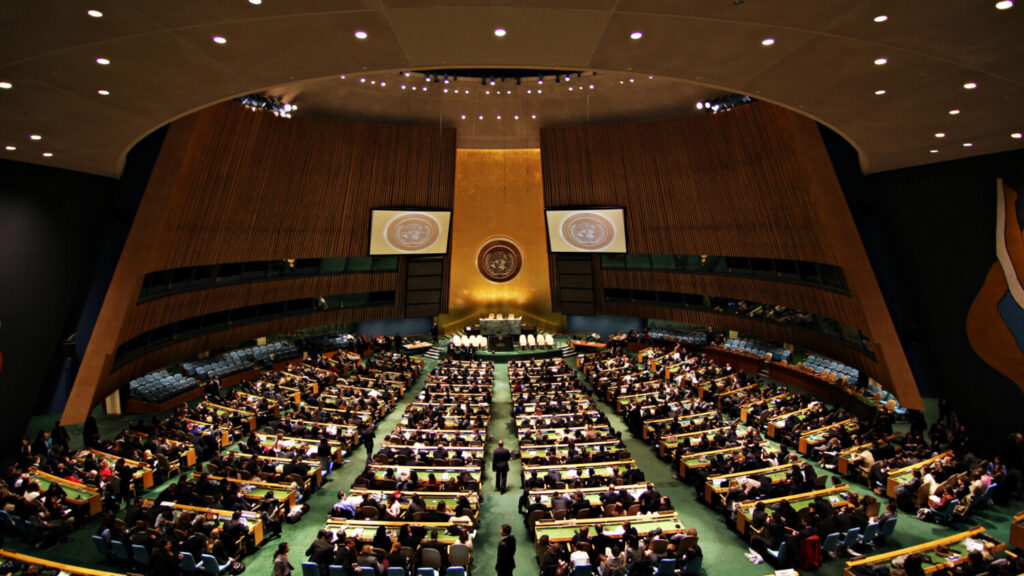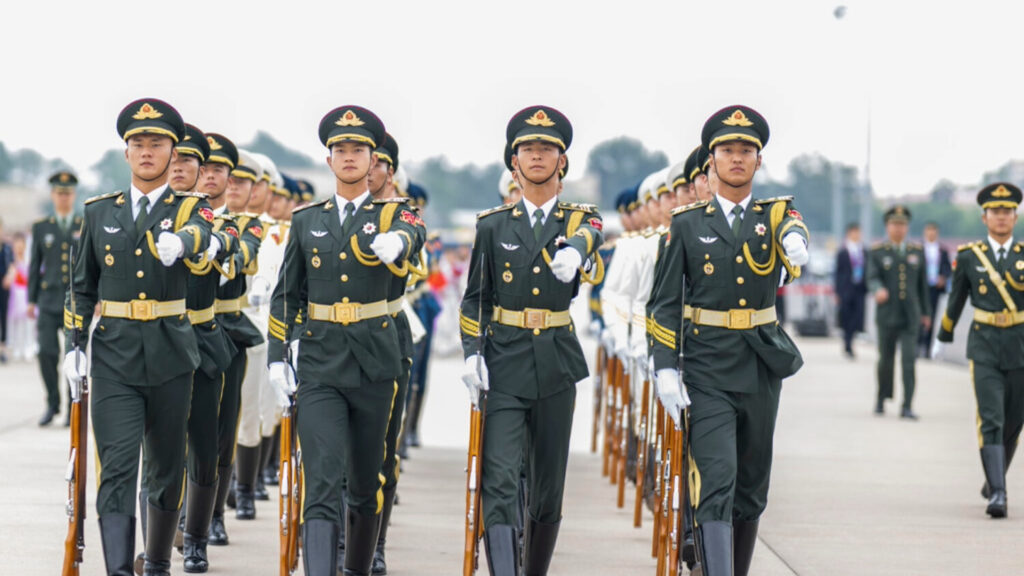Nigeria’s Fight Against Boko Haram: Strategic Realities and Future Pathways
Boko Haram, a radical Islamist insurgency born in northeastern Nigeria, has emerged as one of the most resilient and destabilising threats in West Africa. Since its emergence in 2002, the group has evolved from a fringe religious movement into a transnational insurgency, responsible for mass abductions, suicide bombings, and widespread violence across Nigeria and neighbouring states. Its ideology, grounded in a rigid interpretation of Islamic law and opposition to Western influence, has found traction among communities marginalised by poverty, state neglect, and systemic inequality (Onuoha, 2014). Nigeria’s response has largely relied on military operations, often in collaboration with regional allies. Yet more than a decade into the conflict, this militarised approach remains insufficient in achieving lasting peace or addressing the root causes of radicalisation (Comolli, 2015; Zenn, 2020).
Strategic Gains: What Nigeria Has Done Right
Nigeria possesses substantial military resources and a strategic position within the African Union and the Economic Community of West African States (ECOWAS). The Nigerian Armed Forces have demonstrated the ability to conduct tactical military operations, reclaiming some areas previously under Boko Haram control (Comolli, 2015). In addition to these national resources, Nigeria has actively participated in the Multinational Joint Task Force (MNJTF) alongside neighbouring countries like Chad, Cameroon, and Niger. The MNJTF has bolstered regional cooperation in counterinsurgency efforts, resulting in coordinated intelligence-sharing and joint operations (Hentz, 2018). This multi-pronged approach, particularly at the regional level, has provided a solid foundation for maintaining military pressure on the insurgents.
However, these military achievements remain largely tactical rather than strategic. While Boko Haram has been dealt heavy blows in some regions, the insurgency’s persistence, adaptability, and transnational nature show that a purely military solution is insufficient. Furthermore, the military’s role in the conflict has created significant civilian casualties and displacement, undermining the legitimacy of the Nigerian state (Zenn, 2020).
Persistent Failures: Where the Strategy Falls Short
Despite the advantages of military strength, the insurgency continues to thrive due to the deep-seated socioeconomic problems that afflict northeastern Nigeria. The region’s poverty, youth unemployment, and lack of adequate educational infrastructure offer a fertile ground for Boko Haram’s ideological narrative, which promises a radical alternative to a corrupt and failed state system (Onuoha, 2014). The spread of extremist ideologies is often bolstered by the lack of social mobility and opportunities, creating a vicious cycle of recruitment. Moreover, the Nigerian government has long struggled with corruption, which exacerbates the issues of misallocated resources meant for developmental projects (Chiluwa & Ajiboye, 2014). These systemic failures in governance are not only development issues, they also represent direct enablers of violence.
The inability of the state to provide basic services like education, healthcare, and security further marginalises communities, making them more vulnerable to the messages propagated by Boko Haram. Public trust in the government is eroded when officials are seen as more concerned with their personal gain than the welfare of the people (Onapajo & Uzodike, 2012). Additionally, the military’s heavy-handed tactics have increased civilian resentment. Human rights abuses, extrajudicial killings, and the forced displacement of local populations have fuelled a sense of alienation and distrust towards the state, making it easier for insurgents to recruit and operate with relative impunity (Amnesty International, 2015).
Paths Forward: Where Hope and Possibility Lie
While the military option remains critical, there are growing calls for a more comprehensive approach to counter Boko Haram. Recent studies highlight that addressing the root causes of extremism, such as poverty and unemployment, could yield more sustainable results (Hills, 2012). Integrating economic development with local security measures, such as community policing, improving infrastructure, and creating job opportunities for youths, could undermine Boko Haram’s recruitment pipeline. The integration of these strategies, in addition to strengthening the military effort, could restore trust in the Nigerian government.
A pivotal aspect of these efforts involves the reintegration of former Boko Haram fighters into society. International organisations and local civil society groups have shown that deradicalisation and rehabilitation programs can be effective, particularly when supported by community leaders and religious institutions. By providing former militants with vocational training and opportunities for economic independence, Nigeria could weaken the ideological grip Boko Haram holds over disenfranchised youth. The expansion of education initiatives, particularly those that promote religious tolerance and peacebuilding, could also help counter extremist ideologies.
Enduring Dangers: What Could Undermine Progress
Boko Haram’s evolution into the Islamic State West Africa Province (ISWAP) in 2015 after pledging allegiance to ISIS marked a new phase of complexity for Nigeria and its neighbours. ISWAP’s decentralised structure allows for greater operational autonomy, and internal rivalries, such as those between Shekau’s faction and ISWAP, have not significantly diminished the group’s operational reach (International Crisis Group, 2019). The insurgency’s expansion into neighbouring Chad, Niger, and Cameroon further complicates efforts to contain its spread.
The ongoing instability in the Lake Chad Basin and the porous borders between countries offer Boko Haram safe havens where it can regroup, recruit, and smuggle resources. Inadequate regional cooperation, especially among states with weak political structures, hinders the possibility of a unified response (Comolli, 2015; Omeni, 2018). Additionally, jihadist propaganda continues to resonate with vulnerable populations, drawing new recruits to Boko Haram’s cause. The ideological appeal of religious extremism, particularly in a region plagued by economic hardship and weak governance, remains one of the most significant threats to long-term peace and stability in the region (Osisanwo, 2024).
Conclusion: Breaking the Cycle of Extremism
Nigeria’s conflict with Boko Haram is deeply rooted in socioeconomic dysfunction, poor governance, and fragile regional security. While military containment is necessary, it cannot succeed in isolation. A successful long-term strategy must integrate development, community engagement, and institutional reform. Nigeria’s ability to build trust, promote inclusion, and strengthen its institutions will determine whether it can break the cycle of violence.
This challenge is immense, but not insurmountable. It demands vision, coordination, and the political will to act beyond short-term victories. Peace will come not when Boko Haram is simply defeated, but when the Nigerian state earns the allegiance of its most vulnerable citizens.
References
Amnesty International (2015). Nigeria: Stars on their shoulders: Blood on their hands: War crimes committed by the Nigerian military. [online] Amnesty International. Available at: https://www.amnesty.org/en/documents/afr44/1657/2015/en/.
Chiluwa, I., & Ajiboye, E. (2014). ‘We are after ideals’: a critical analysis of ideology in the tweets by Boko Haram. Global Media Journal-African Edition, 8(2), 318-346.
Comolli, V. (2015). Boko Haram Nigeria’s Islamist Insurgency. [online] Hurst. Available at: https://www.google.co.uk/books/edition/Boko_Haram/vYmMCwAAQBAJ?hl=en&gbpv=1&dq=Comolli.
Hentz, J. J. (2018). The multidimensional nature of the Boko Haram conflict. Small Wars & Insurgencies, 29(5-6), 839-862.
Hills, A. (2012). Policing a plurality of worlds: The Nigeria police in metropolitan Kano. African Affairs, 111(442), 46-66.
International Crisis Group (2019). Facing the Challenge of the Islamic State in West Africa Province. Africa Report N°273 . [online] International Crisis Group. Available at: https://www.missioniafricane.it/wp-content/uploads/Crisis-Group_Nigeria_Facing-the-Challenge-of-the-Islamic-State-in-West-Africa-Province.pdf.
Omeni, A. (2018). Boko Haram’s increasingly sophisticated military threat. Small Wars & Insurgencies, 29(5-6), pp.886–915. doi:https://doi.org/10.1080/09592318.2018.1519299.
Onapajo, H., Uzodike, U.O. and Whetho, A. (2012). Boko Haram terrorism in Nigeria: The international dimension. South African Journal of International Affairs, 19(3), pp.337–357. doi:https://doi.org/10.1080/10220461.2012.740319.
Onuoha, F. C. (2014). Why do youth join Boko Haram? (Vol. 5). Washington, DC: US Institute of Peace.
Osisanwo, A. (2024). Manipulative and Recruitment Strategies in Boko Haram Terrorist Statements. Journal of Asian and African studies, 1(16). doi:https://doi.org/10.1177/00219096241228795.
Zenn, J. (2019). Boko Haram’s Factional Feuds: Internal Extremism and External Interventions. Terrorism and Political Violence, 33(3), pp.1–33. doi:https://doi.org/10.1080/09546553.2019.1566127.



